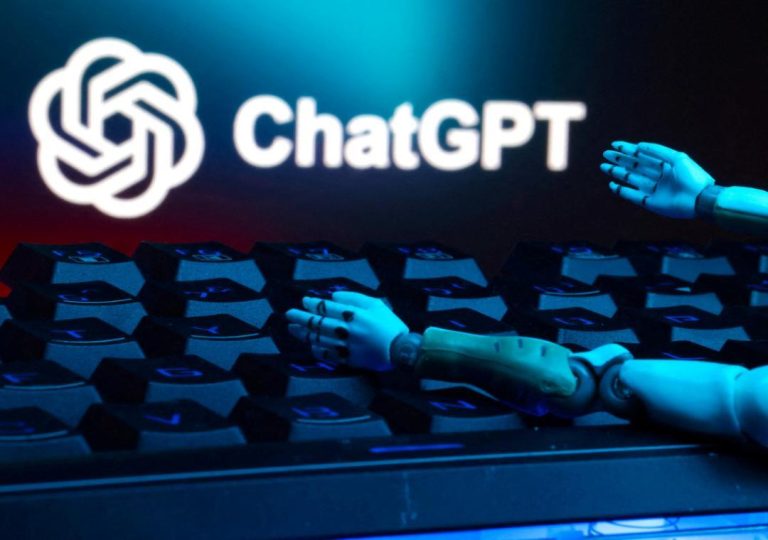
Physiotherapy: How AI & AR are making pain a thing of the past
Pain is a universal human experience that affects millions of people worldwide. According to the World Health Organization (WHO), more than 1.5 billion people live with chronic pain, which can significantly impact their daily lives, relationships, and overall well-being. Traditionally, physiotherapy has been a crucial component in managing and preventing pain, but the landscape is rapidly evolving with the integration of Artificial Intelligence (AI) and Augmented Reality (AR) technologies.
Physiotherapy has long been a manual, labor-intensive process that relies heavily on human expertise and intuition. However, with the advent of AI and AR, physiotherapy is now transforming into a more efficient, personalized, and effective approach to pain management and prevention. In this blog post, we will explore how these technologies are revolutionizing physiotherapy and making pain a thing of the past.
Real-time Posture Corrections with AI
One of the most significant benefits of AI in physiotherapy is its ability to provide real-time posture corrections. AI-powered sensors and algorithms can analyze a patient’s posture in real-time, providing instant feedback on any deviations from the optimal alignment. This information can be used to develop customized exercise plans that target specific muscle groups, helping to improve posture, reduce muscle imbalances, and alleviate pain.
For instance, AI-powered posture correction devices can be integrated into wearable devices, such as smart glasses or smartwatches, which can track the patient’s posture throughout the day and provide personalized feedback. This technology has already shown promising results in reducing back pain and improving overall spinal health.
Personalized Exercise Plans with AR
Augmented Reality (AR) is another technology that is transforming physiotherapy by providing personalized exercise plans. AR-powered apps can create customized exercise routines that cater to an individual’s specific needs, goals, and abilities. These apps can provide step-by-step instructions, real-time feedback, and tracking features to help patients stay on track and achieve optimal results.
AR-powered physiotherapy can also help patients overcome their fears and anxieties associated with exercise. For instance, an AR-powered app can create a virtual environment that simulates the exercise routine, allowing patients to practice and get comfortable with the movements before attempting them in real-life.
Early Detection of Musculoskeletal Issues with AI
AI-powered algorithms can also be used to detect musculoskeletal issues before they manifest into chronic pain. AI-powered sensors and algorithms can analyze a patient’s movements, muscle imbalances, and posture to identify potential issues early on. This information can be used to develop targeted exercise plans and interventions that prevent the onset of chronic pain.
For instance, AI-powered sensors can be integrated into wearable devices, such as smart shoes or smart socks, which can track a patient’s gait, balance, and muscle function. This information can be used to identify potential issues, such as overpronation or flat feet, and provide customized exercises and advice to prevent the development of chronic pain.
Shifting Focus from Treatment to Prevention
The integration of AI and AR in physiotherapy is not only transforming the way we manage pain but also shifting the focus from treatment to prevention. By identifying potential issues early on and providing personalized exercise plans and interventions, physiotherapy can become a proactive rather than reactive approach to healthcare.
This shift in focus is crucial in ensuring accessible and proactive healthcare for all. Physiotherapy is no longer a luxury reserved for the affluent; with AI and AR, it is becoming a more accessible and affordable solution for people of all ages and backgrounds.
Conclusion
Physiotherapy is evolving rapidly with the integration of AI and AR technologies. These technologies are providing real-time posture corrections, personalized exercise plans, and early detection of musculoskeletal issues, making pain management and prevention more effective. By shifting the focus from treatment to prevention, AI and AR are revolutionizing physiotherapy, ensuring accessible and proactive healthcare for all.
As we move forward, it is essential to continue exploring the potential of AI and AR in physiotherapy. With continued innovation and investment, we can create a future where pain is a thing of the past, and people can live healthy, active, and pain-free lives.
News Source:
https://www.healthcareradius.in/features/technology/physiotherapy-obesity-tech






